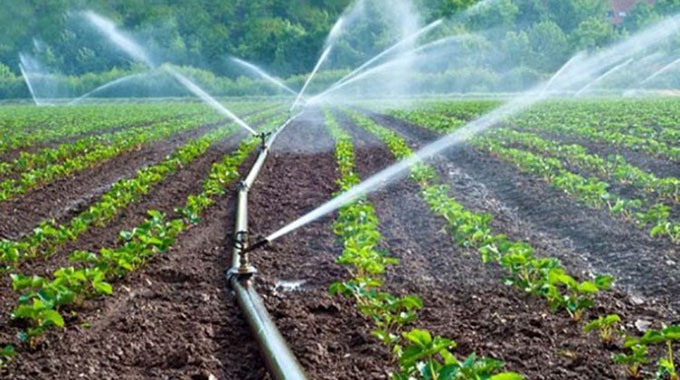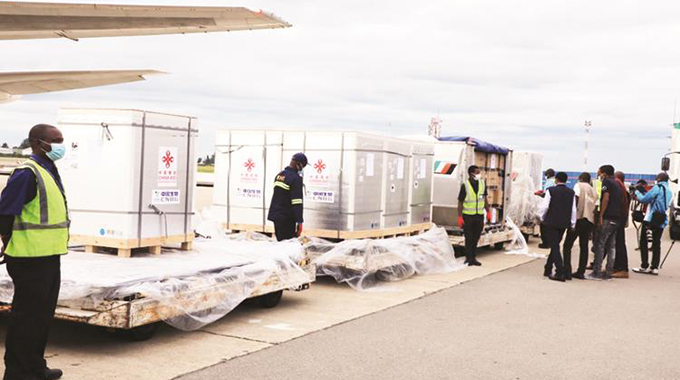Boon for Mushandike Irrigation Scheme

George Maponga
Masvingo Bureau
Plans by the Government to revive Mushandike Irrigation Scheme in Masvingo have received been boosted by significant inflows into Mushandike Dam after back-to-back droughts had dwindled water levels in the reservoir.
Mushandike Dam is now full and spilling.
Improved water availability is set to brighten prospects for the revival of the 800-hectare irrigation scheme downstream.
The dam dried up in August 2018, affecting farming operations at the scheme. It last spilled in 2000 when the country experienced heavy rains, induced by Cyclone Eline.
Since 2018, more than 560 plot holders at the scheme have been relying on dry land farming owing to shortages of water.
Climate change-induced successive droughts and population pressure, at the 38 mega-litres-dam catchment area had impacted negatively on the scheme, worsening the plight of smallholder farmers.
Hope now abounds that the historic spill of the dam will improve farming operations and boost yields for the farmers.
Plot holders at Masvingo’s biggest irrigation scheme now hope to revive horticulture production to boost their earnings and livelihoods.
“Mushandike Dam recently spilled for the first time in 21 years and this brings hope that the irrigation scheme will be revived allowing farmers to improve their operations and increase their earnings,” said Mushandike scheme Agritex supervisor Mr Callisto Mukaratirwa.
“Plot holders at the scheme had defaulted to dryland farming specialising on crops such as maize and sorghum because of lack of water at the scheme. Now, they can revert to growing pot crops such as chilli, sugar beans, potatoes, wheat and even tobacco that will give them income.”
He said restoration of income streams for the Mushandike communities would be a game-changer.
Besides boosting food security for adjacent communities in Charumbira and Chivi, the revival of the scheme would also be handy for residents in the ancient city of Masvingo.
Masvingo offers a huge market for farm produce from the Mushandike Irrigation Scheme.
“We are not sure how long water impounded in Mushandike Dam will last the plot holders but at least they are now able to resume all-year round crop production.
“The collapse of the scheme had ripple effects such as cattle deaths in adjacent communities as smallholder farmers had no money to buy vaccines for their livestock. The collapse of the scheme had grave implications for a lot of people who survived on the scheme,” said Mr Mukaratirwa.
Each farmer at Mushandike has a 0,2 hectare plot.
The filling up of Mushandike Dam means plot holders will be able to fully utilise their entire plots.
The scheme was high on the priority list of irrigation projects targeted for rehabilitation by the Government under the accelerated irrigation revitalisation programme.
This entails building a canal linking Muzhwi Dam in northern Chivi and Mushandike Dam to supply irrigation water into the latter.
Feasibility study for the project was completed with the pipeline touted as a permanent panacea to water woes dogging Mushandike.
Besides irrigation, Mushandike Dam supplies water to wildlife in Mushandike Game Reserve.
The dam was built in the late 1980s by the Government.
Irrigation remains underused in Zimbabwe and most sub-Saharan Africa, where just 7 percent of farmland is irrigated, the lowest proportion of any region of the world, according to the International Water Management Institute.











Comments